It is quite uncommon to mistake wireless charging and MagSafe as both seem to have quite similar functions. However, to be able to understand how wireless charging and MagSafe operate, it is important that you understand what they mean and how they function.
Wireless Charging
Wireless charging is one of the easiest, safest, and fastest ways of charging your device without having to pass wires around.
How the Wireless Charging Works
Wireless charging works using electromagnetic induction that is, magnetic waves or fields to transfer energy from the charger to the back of your device. In turn, the charger creates an alternating electromagnetic field (energy) with an induction coil in which the receiver coil of your device transforms it into energy to charge your battery.
Electromagnetic charging (inductive charging) rather than employing a magnet to charge a coil of wire without touching it, uses its own coil of wire, with current flowing through it to generate a magnetic field.
The magnetic field generated by the current in one coil can induce a current in the second coil if in proximity.
I know that is about two lectures on electromagnetic principles in physics but let’s break it down into simpler information that you can understand.
Basically, wireless charging operates on the principle of electromagnetic waves. Another physics lesson? Well, no but these are key terms to help you understand how wireless charging works.
In simpler terms, wireless charging is based on the qualities of magnetic fields and their ability to impact other magnetic-sensitive things.
MagSafe
MagSafe, on the other hand, is Apple’s technology which is incorporated into the interior design of iPhone 12 models and other newer iPhone models.
MagSafe was introduced into the iPhone 12 and recent iPhone devices to offer a new set of accessories for easy connection and faster wireless charging.
It was originally designed as a safety feature for MacBook charging cords however, a typical example is seen in the iPhone 14/13/12 series which has the built-in MagSafe technology and you would normally see the notice in form of tags that reads ‘MagSafe compatible’ on their product accessories like chargers and phone cases.
How the MagSafe Functions
MagSafe is a set of magnets that are positioned around the internal charging coil of the iPhone 12 and other newer iPhone models.
This internal charging coil detects other MagSafe compatible accessories and locks it firmly into alignment. It is important to note that MagSafe will only attach to other MagSafe compatible accessories so, you do not have to bother about other magnetic sources attaching to your device.
So, if you’re an iPhone user you would have noticed a set of rings at the back of your device, these rings are called coils and these coils enable the energy that passes into your device to be converted into energy when you plug in your device.
The Importance of MagSafe
A MagSafe allows you to enjoy the full benefits of using a MagSafe compatible device like the iPhone 12 and recent iPhone 14/13 models and at the same time, you would be able to enjoy the experiences it brings.
Although your device will still work with other Qi-enabled wireless chargers, however, with a MagSafe charger, you will enjoy about 15W of wireless charging when plugged in with your iPhone 12 as compared with other chargers that can only deliver only about 7.5W while charging.
This translates to enjoying benefits like reduced charging, a perfect alignment shutter connection that you would not have to worry about your phone not charging fully if it vibrates when you get a call.
The Difference between Wireless Charging and MagSafe
Wireless charging is one of the easiest options that come in handy when you need to charge your device at any time of the day. However, while using a wireless charger, alignment is important. When your device is properly positioned on the charging board, it receives more power and charges faster than when it is misaligned.
However, Apple came up with a different means of getting your device charged by using a MagSafe charger.
The MagSafe can supply your iPhone with 15 watts of power (instead of 7.5W or 10W as in the case of other chargers) via its array of magnets for alignment and connection. There is no loss of power since the magnets lead the phone to the perfect position, which was a recurring issue with Qi chargers.
Save 25% OFF MagSafe wireless charger with code: ESRBLOG
Due to MagSafe’s compatibility with other accessories, Apple included an NFC sensor and a gyroscope to detect if the charger or other accessory is connected.
Moreover, with Apple’s smart use of the new connection, you can decide to leave your MagSafe charger on your iPhone.
The charger is connected and power is passed through the case to your phone provided this case is MagSafe compatible. However, if you do not own a MagSafe compatible case cover, you don’t have to worry about that as I would recommend a MagSafe phone case that you can purchase.
You can attach Snap-On magnetized accessories such as magnetic wireless charging pucks and wallets where you keep your money and credit cards to the back of your phone.
Other Qi-compatible devices such as older iPhones and Android phones, can be charged using most MagSafe chargers but the downside is that you would not get the magnetic adhesion.
So, if you are particular about a fast charge, then you should opt for the MagSafe chargers. To this effect, I would recommend this MagSafe wireless chargers categories that can deliver a fast charge to your device. You would find a plethora of them, be sure to check through and make a selection.
On the flip side, if you really don’t care how fast your device gets charged then you can opt for other types of chargers.
On the whole, it is important for you to understand the differences between the wireless and MagSafe chargers as this will influence your decision in choosing the type of charger to purchase for your device. I hope you found this helpful.
Till another time,
Cheers!



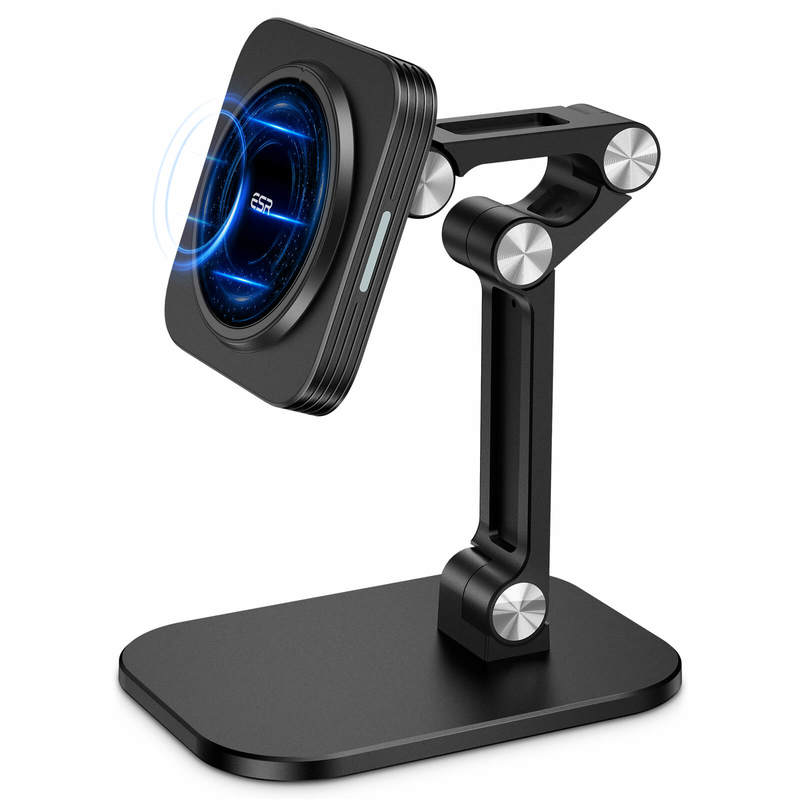
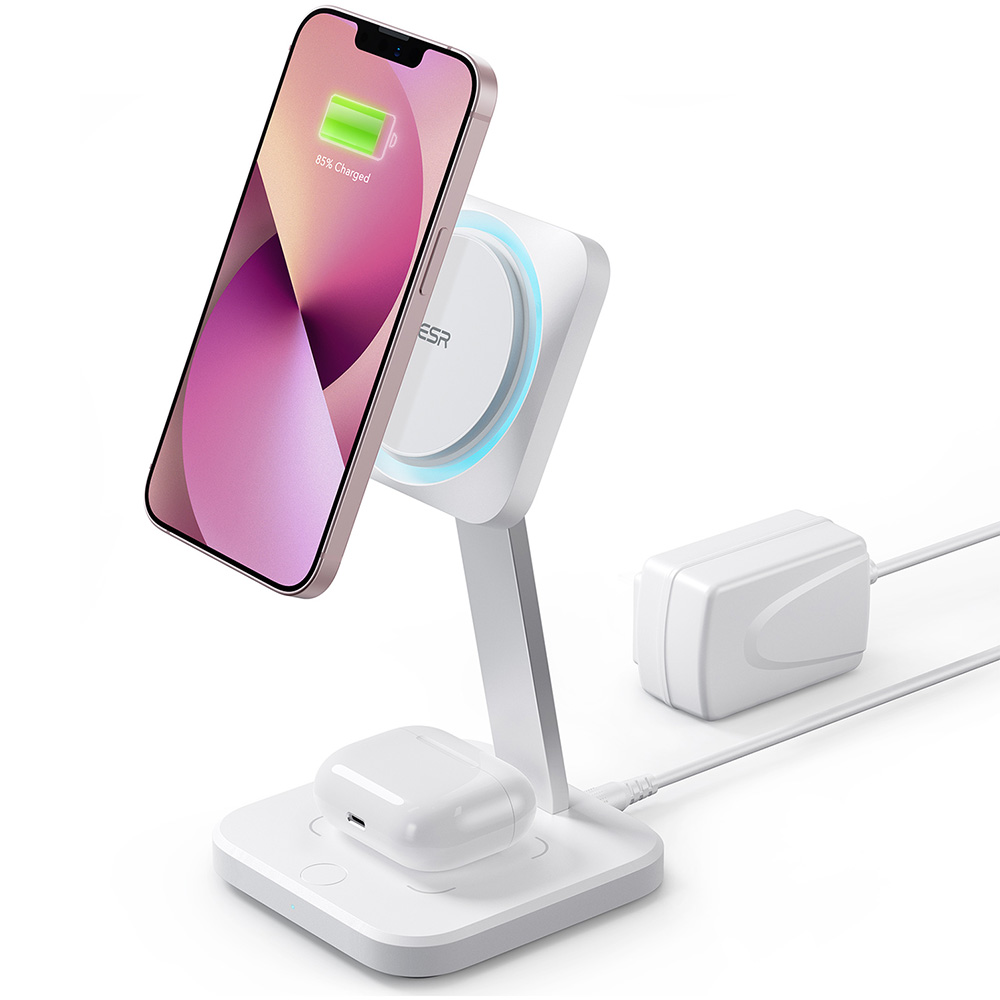
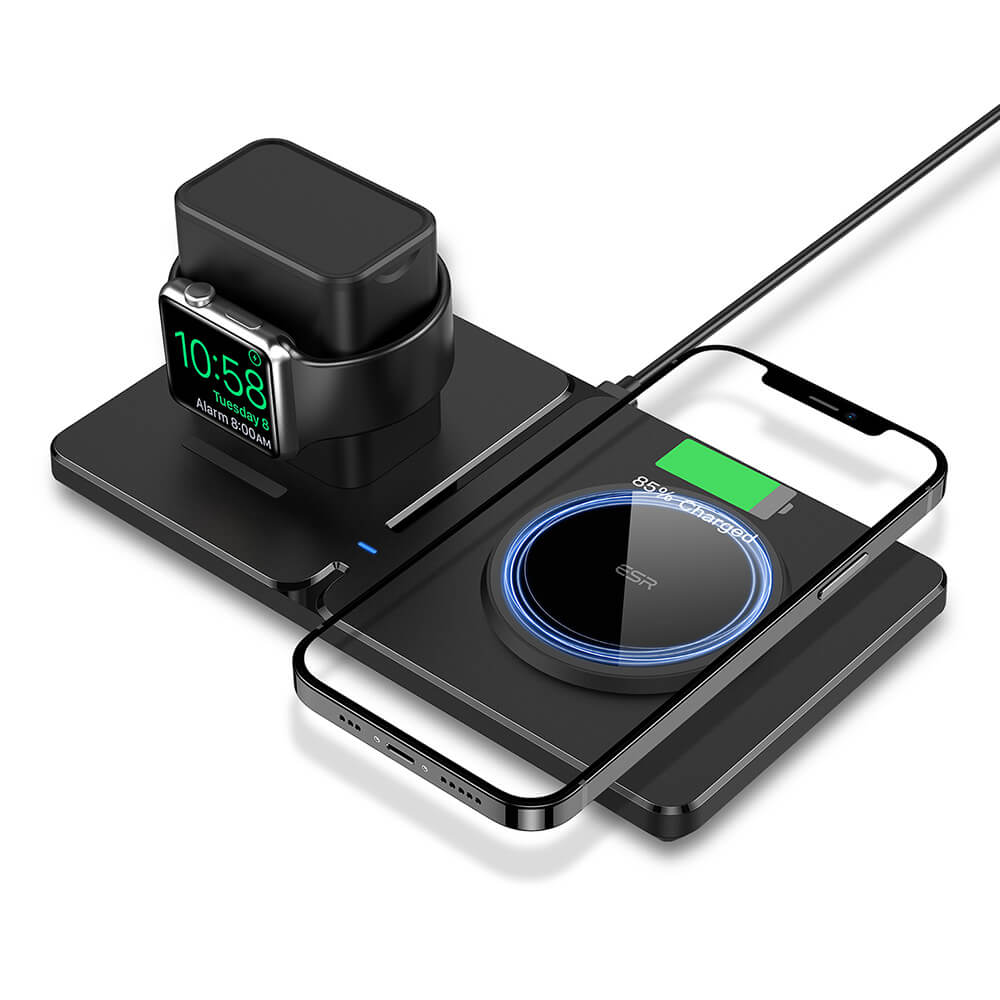
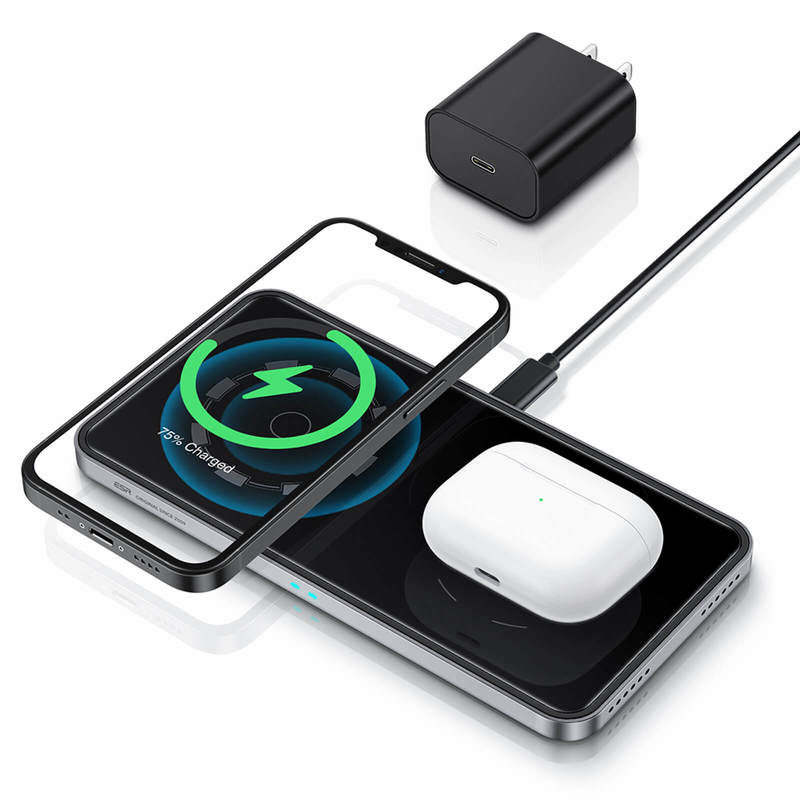
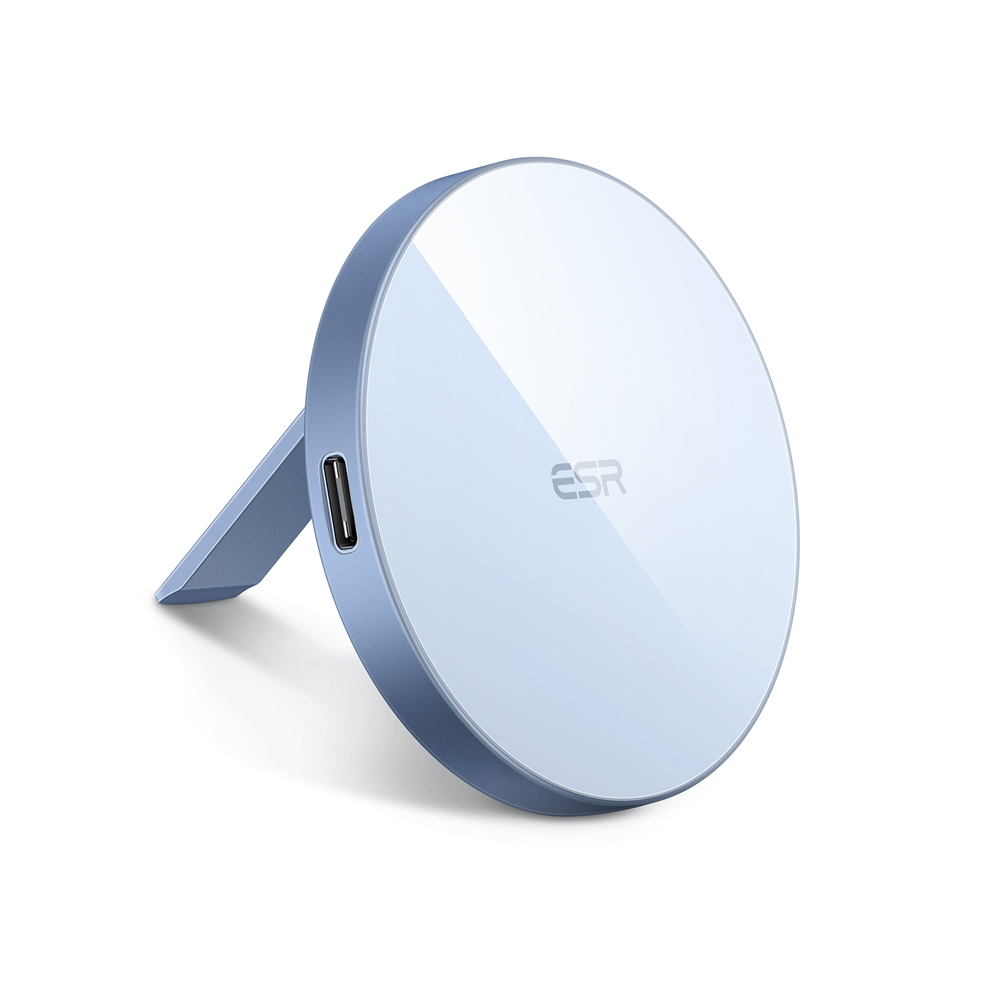
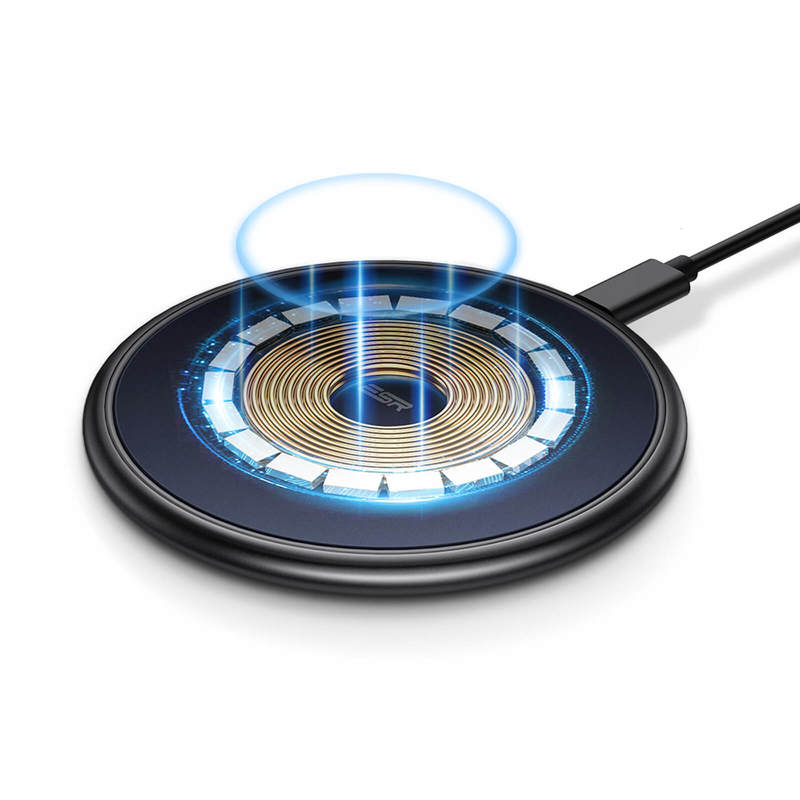
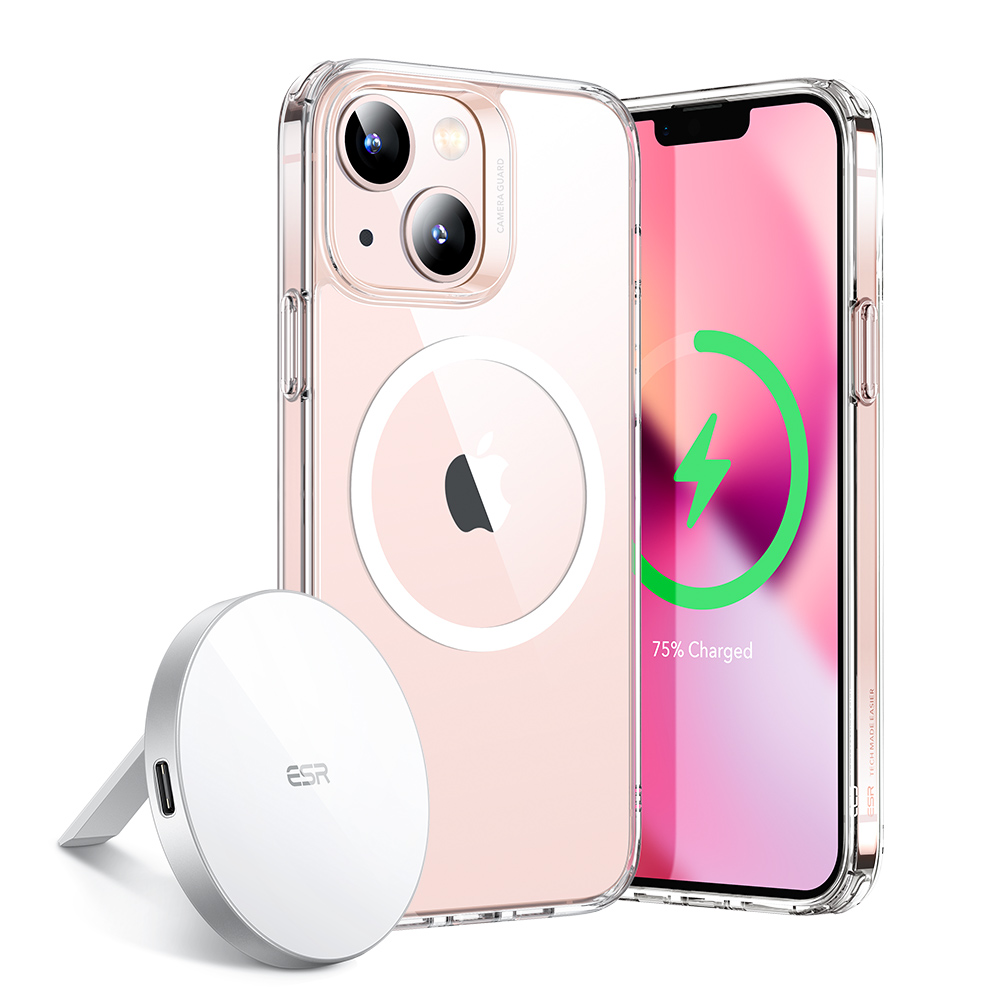
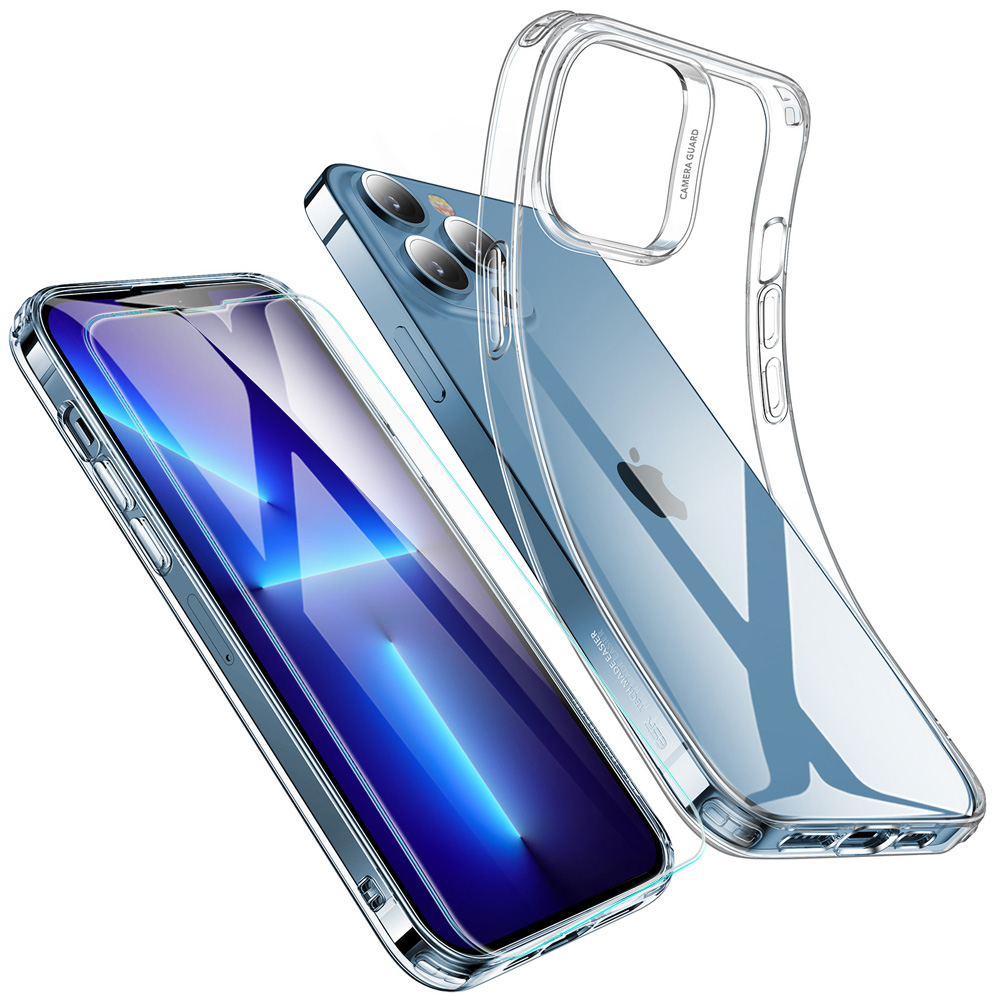
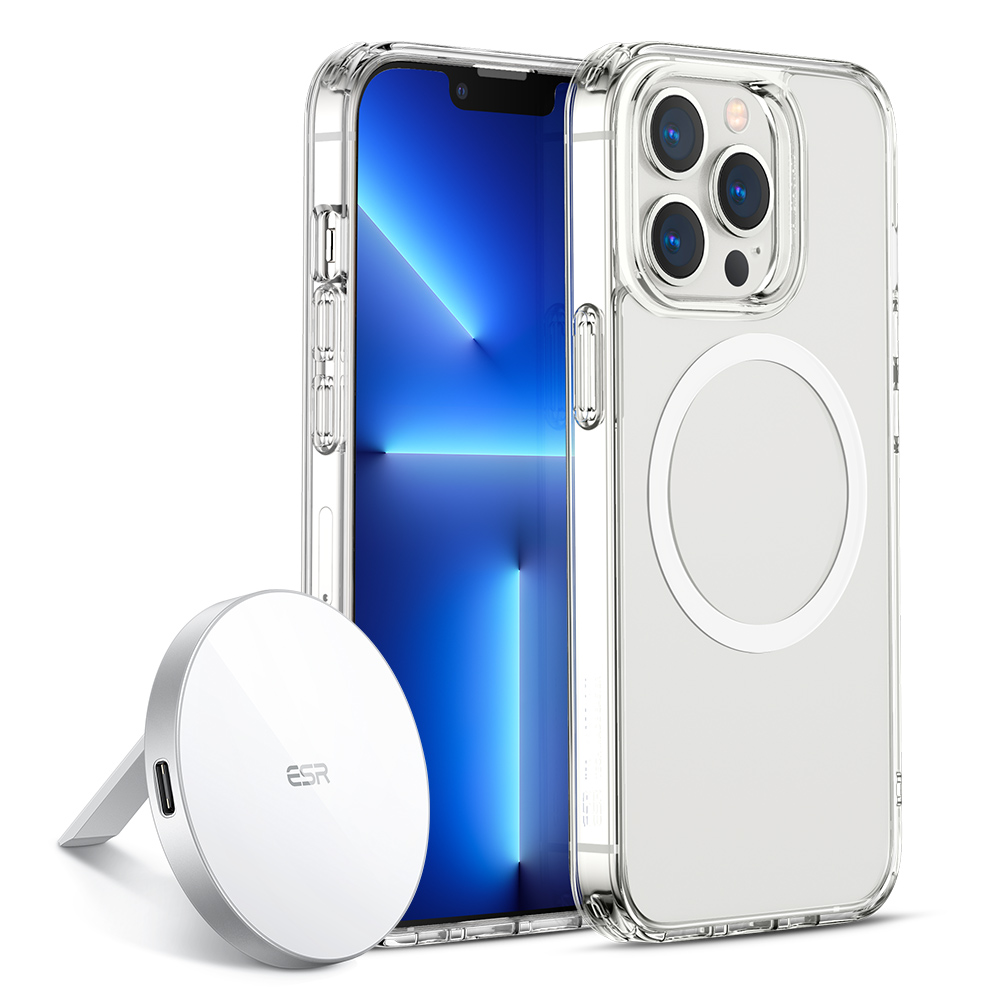




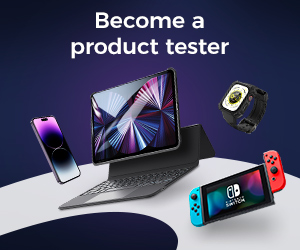
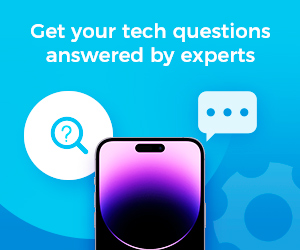
Qi Wireless charging has been supporting 15W Wireless Charging since 2015, and up to 30W since 2017. I’ve been using a 15W Wireless charger for 5yrs personally. MagSafe is the next proprietary system that Apple is attempting to hook consumers onto so they get royalties for others making it. They know that lightning port needs to be replaced, they know the EU is Enforcing USB-C for wired, and they will leave off the Wired Charging option once this occurs, so right now they’re getting users hooked on MagSafe.